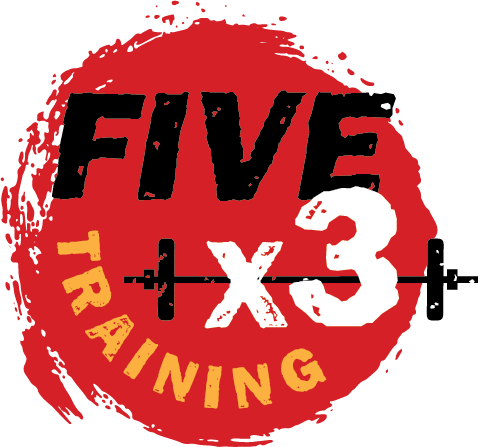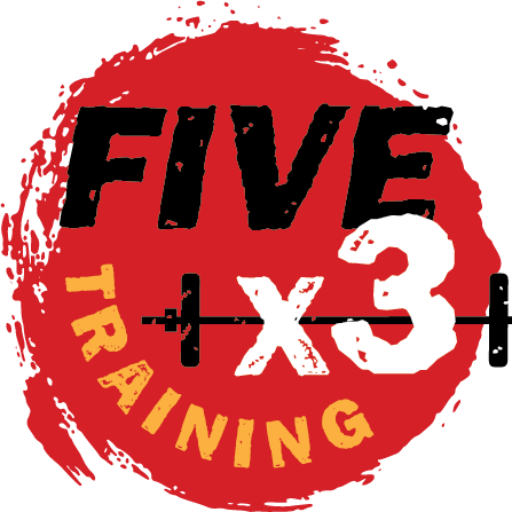You Can Get Stronger.
Yes, you can!
There are always exceptions, but if you're reading this, your chances of being unable to train are about as likely as winning the lottery today.
Let's do a Quick Test!
- You’re reading this—check.
- You recognize that change is needed—check.
- Can you walk, even slowly?
- Can you bend down to pick something up?
- Can you stand up from a chair or toilet?
- Can you raise your hands to your face?
- Can you lift your arms overhead?
- Can you walk around the block?
If you answered “yes” to most of these, you’re ready to train. If some were difficult, that’s even more reason to start.
Common Concerns
Diabetes? High blood pressure? Osteoporosis? Arthritis? Obesity? Chronic pain? These don’t prevent training—they make it essential. Strength training helps manage and even improve these conditions.
Yes, you may feel weak right now. Movements might be difficult. But the good news? You can move. And that’s where we start.
Maybe your first squat is simply sitting in a chair and standing back up with some help. That’s okay. That’s progress. And it’s how we build strength—one step at a time.
“But wait,” you might be thinking, “I can walk, but not very far, and I can stand up, but only if I use my arms. Sure, I can pick something off the floor, but it’s a struggle, and I almost lose my balance every time.”
I hear you. And here’s the thing—that’s exactly why you should be training to build strength.
Maybe you feel weak right now. Maybe movement feels like a challenge—frustrating, even scary. It might even hurt, but you can move right now. And that’s where we start.
Strength training isn’t about being perfect from day one and it starts with your movement. Then we build on it.
Maybe you’re dealing with fibromyalgia, osteoporosis, high blood pressure, obesity, diabetes, arthritis, stiff shoulders, or just feeling like your body isn’t what it used to be. But you show up anyway, and we respect that.
So, let’s begin.
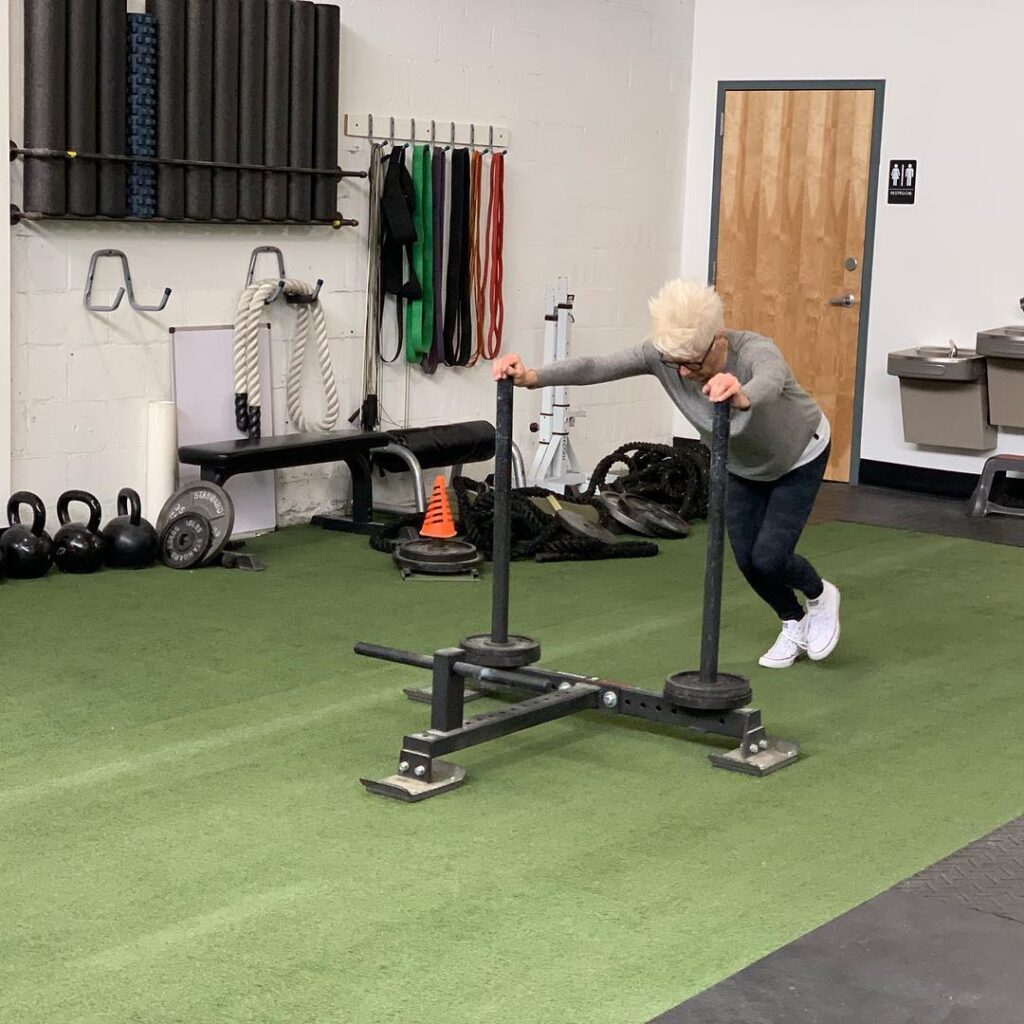
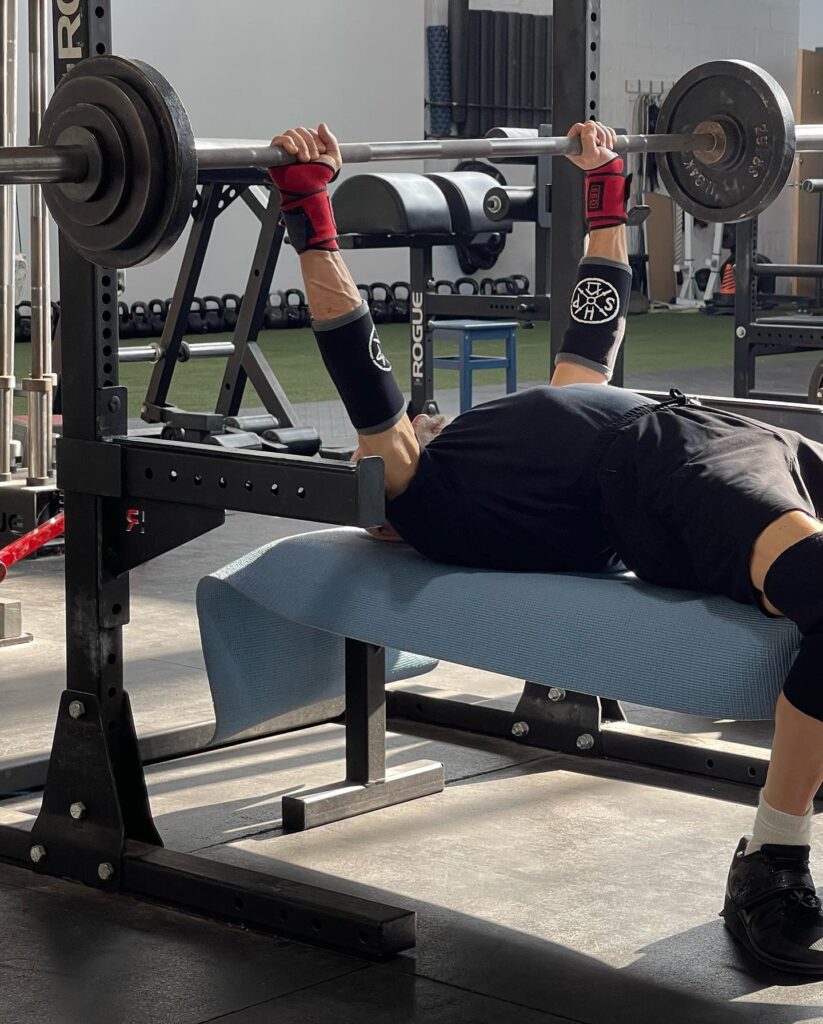
Here’s a bench, about the height of a chair. Sit down. Take my hands—I’m here to steady you. Now, when you’re ready, stand up. And sit back down. Let’s do it again.
Yes, it’s hard work. But you’re doing it. Strength is built one step at a time. Let’s go for five reps. Then we’ll rest. And when you’re ready, we’ll go again.
Congratulations, you just did your first squats. Catch your breath for a minute.
You’re stronger than you think. And I’m right here with you. Let’s keep going.
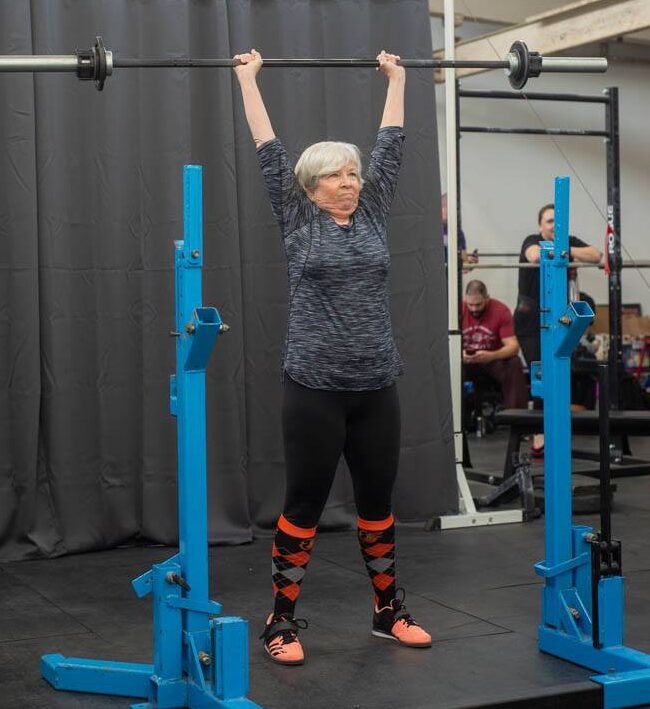
Now, here’s a very light five-pound aluminum barbell. Stand on this platform. Do a very simple barbell curl five times. Rest. Do five again. Repeat the five reps, three time. Curls are complete.
Here’s a five pound kettlebell, raised up on a stack of mats so you can bend over, grab it, and stand up with it. Let’s do a set of five, and repeat that 2 more times. Felicitations: your first deadlift workout is complete.
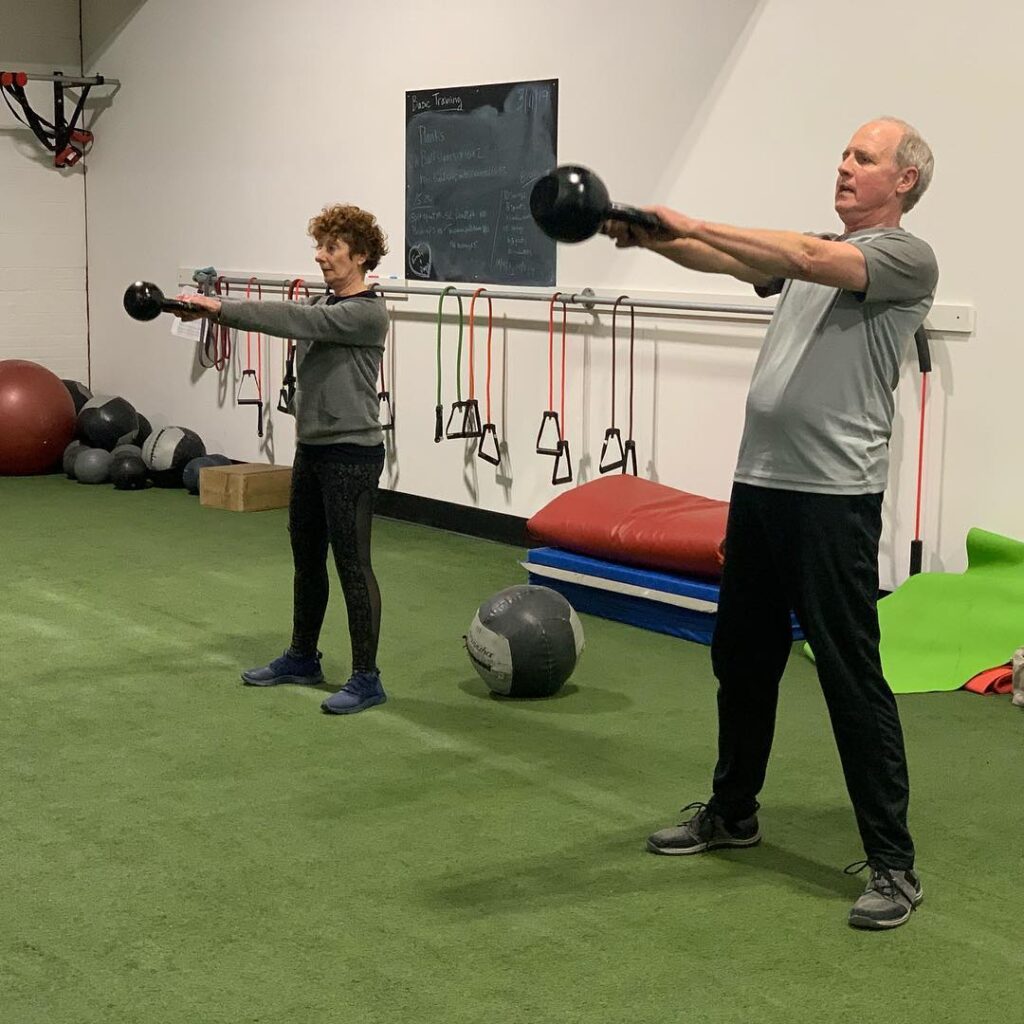
Let’s log all that work in this little composition book. You’ve completed your first workout! Now, you will go home and eat something—lean and rich in protein, fiber, and complex carbs.
A roast beef sandwich on whole wheat sounds nice. Scrambled eggs, ham, and an apple? Perfect. Yogurt and granola? Sure.
Tonight, you will go to bed a little early. Give me a full eight hours, please. Tomorrow and the day after you will be sore, but that’s normal, and that’s why they make Tylenol. On both days you will go for a walk, sore or not. Perhaps around the block, perhaps around the yard, perhaps even just around the couch, but you will walk.
And in a few days you will come back to the gym, and I will take you through more-or-less the exact same workout, only just a little bit harder, with just a little bit more weight. Do it. Log it. Go home. Eat something. Sleep. Come back.
Hey, did you feel that? Something happened. Something changed.
Because you’re doing something very special. You’re working with training variables—movement patterns, repetitions, rest times, sleep, nutrition, and active rest. You are manipulating these training variables as part of a long term program aimed at the progressive improvement in performance and health. It’s changing you. You’re getting stronger. Rapidly.
You started training, and it changed you. That’s what happened. That’s what you felt.
Do you still think you CAN’T?
Check Out Our Master Athletes at Work
